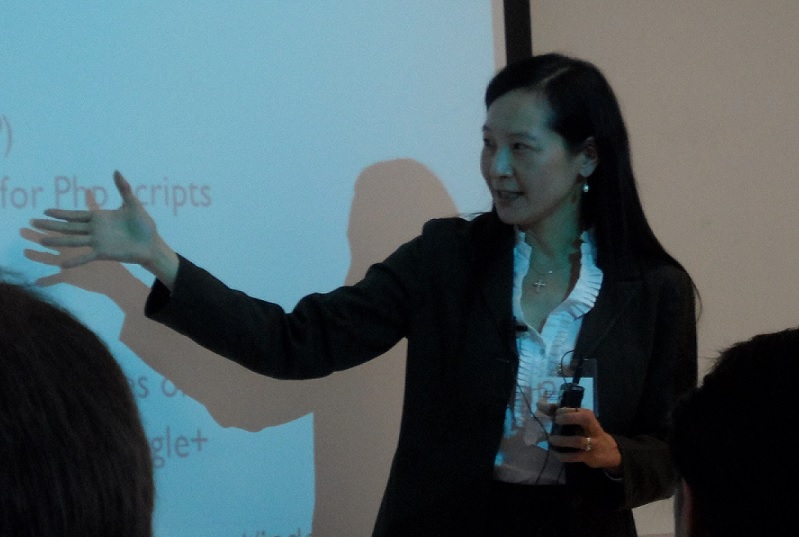“Spooky action at a distance” is how Albert Einstein described one of the key principles of quantum mechanics: entanglement. Entanglement occurs when two particles become related such that they can coordinate their properties instantly even across a galaxy. Think of wormholes in space or Star Trek transporters that beam atoms to distant locations. Quantum mechanics posits other spooky things too: particles with a mysterious property called superposition, which allows them to have a value of one and zero at the same time; and particles’ ability to tunnel through barriers as if they were walking through a wall.
We are making substantial progress in harnessing the power of quantum mechanics.
In theory, Quantum computers can perform 2^512 operations simultaneously. That’s more calculations than there are atoms in the universe — by many orders of magnitude. They will be as transformative for mankind as were the mainframe computers, personal computers, and smartphones that we all use. As do all advancing technologies, they will also create new nightmares. The most worrisome development will be in cryptography. Developing new standards for protecting data won’t be easy.
More on this from the Washington Post by clicking here.





